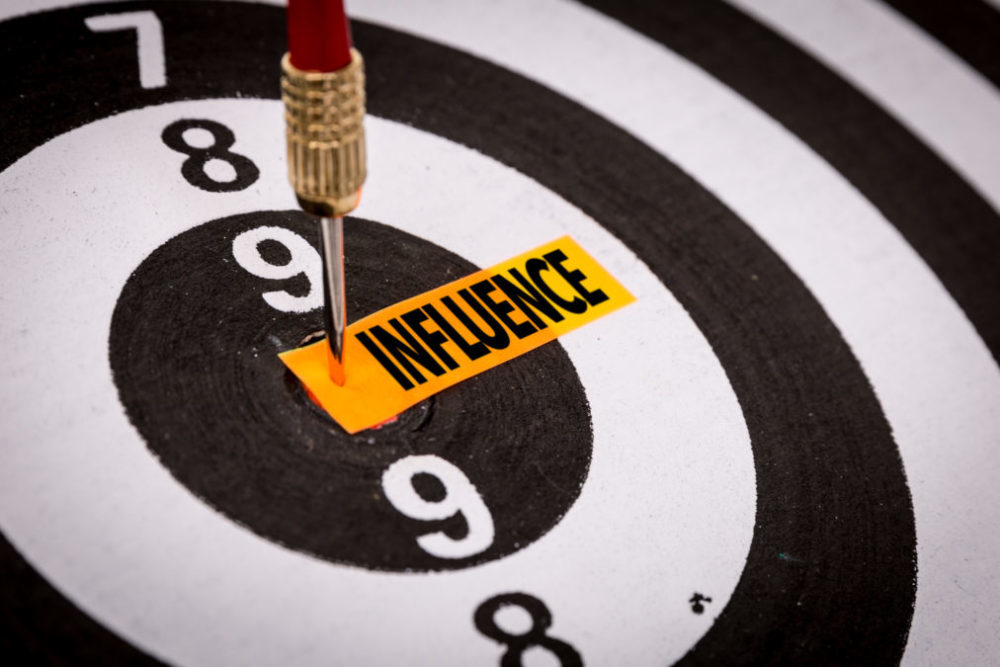The way we, as consumers, view content has completely changed with the creation of digital platforms. From tailored adverts to websites that can change based on the individual and creative formats like Virtual Reality, we now expect a personalised experience wherever we go. It’s a new age of how we access content and a new age of power to define how it’s experienced.
In order to get our attention, it’s become the norm for brands and publishers to tailor their experiences to our habits and preferences. A good example is Kanye West, who responded to feedback on his last album by changing the lyrics. What made this bolder was that it came less than a week after the album had already been released. Some challenged the decision and argued Kanye should have kept his original material, but he was acutely aware the way we consume music is different than before.
This is personalisation in its ultimate form. Brands already draw on customer data to develop a deeper understanding of their audience, but this becomes even more valuable when they can understand how people are interacting with content in real-time and turn this insight into immediate action.
Adobe research reveals an overwhelming majority (91%) of UK businesses view personalisation as a priority, although fewer than one third (30%) said they are currently delivering the required level of personalisation. That’s why marketers are now bolstering their customer experience technologies with Artificial Intelligence (AI), as it’s the only way they can continuously refine their approach to fit the changing habits of individual customers.
Taking the mystery out of digital personalisation
As brands continue to transition to digital platforms, the demand for creativity to evolve in line with people’s tastes is becoming more immediate and it falls on brands to adapt quickly enough.
For instance, broadcasters such as Sky UK are completely redesigning their platforms in response to competition from Netflix and Amazon Prime Video. Sky has no shortage of differentiated programming, but streaming-only services continue to win market share because of the algorithms that make their platforms easy to use. Netflix knows that viewers today feel overwhelmed by too much choice and simplifies their lives with relevant content recommendations. Sky is going one step further, using AI and machine learning to personalise its content continuously so it’s mapped to a viewer’s tastes and activities.
Brands are also using AI to revolutionise online experiences. Swisscom, Switzerland’s largest telecommunications provider, uses the technology to optimise its web and mobile offering for a user-base of 6.6 million people. By combining customer analytics with AI to test how people interact with its website in real-time, the company can adjust each person’s experience in real-time based on their behaviour. This may seem like simple A/B testing, but the technology enhances the process by allowing Swisscom to automatically analyse millions of data points and refine its digital experiences instantly.
Bringing meaning to personalisation in the context of B2B selling
Create, learn, tailor
The argument against AI in creative industries is that data and automated systems can only do so much, and emotion still lies at the centre of all creative communications. From multi-million-dollar global campaigns to a simple targeted banner ad, a brand’s message will never resonate unless it establishes an emotional connection with its audience.
Any attempt to recreate this organic connection with AI would be foolish, but the technology can help brands improve the likelihood that an emotionally driven campaign resonates with the right people. No single person can analyse millions of customer data points alone, much less instantly, but this is precisely the level of insight they need today.
Positively toxic: how to avoid poor implementation and gain value from effective personalisation
By applying advanced algorithms to their customer data, brands can develop and roll out creative content in a way that reflects customer expectations. They can also then adapt the content on an ongoing basis based on customer feedback and performance. This is the major appeal of AI and a reason just under three quarters (70%) of UK companies plan to have implemented it for business and customer analytics by 2019, going up to 92% by the end of 2020. Content is an important avenue, but success in this area is a result of businesses understanding their customers in the first place. By knowing their habits, they can better target their customers with the right content, so their messaging hits home more effectively.
But to create a fluid system that enables brands to easily adapt to customers, they need a complete overview of the data they have. Without a centralised platform, brands will find themselves with a limited understanding of what customers really want, leaving them missing the mark with products or campaigns.
Create, learn, tailor, repeat. The process of optimising content has always been simple, but not quick. Before streaming came on to the scene, the music industry would have to wait for the critics to understand where they were going wrong and adapt for the next album. Nowadays, just like Kayne reacted to feedback in real-time, AI can enable brands to deliver this level of personalisation at scale. It may not be re-inventing the wheel, but it sure is making it a lot faster.

Written by David Burnand, Director of Enterprise Marketing EMEA for Adobe







